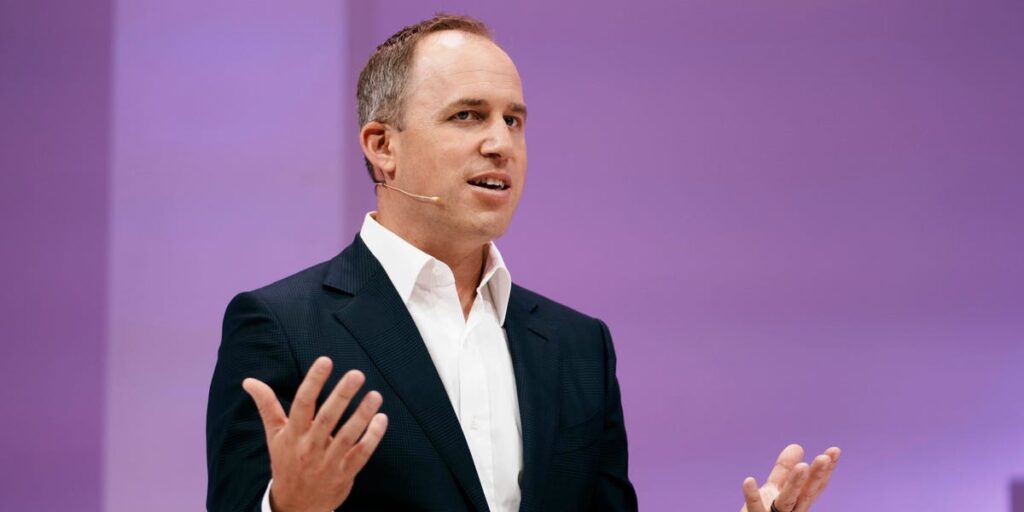Within the current AI boom—often referred to as a bubble, as Sam Altman remarked at a recent dinner—there will undoubtedly be winners and losers. Some companies may rise to prominence similar to Amazon during the dot-com era, while others could falter like Pets.com.
In the late 1990s, the stock market experienced unprecedented growth, driven by digital-first companies. However, the dot-com bubble eventually burst, leading to the downfall of companies like Webvan and eToys.com. Despite this, that period also gave birth to some of the tech giants we still rely on today, including Amazon and eBay.
OpenAI chairman Bret Taylor sees significant parallels between that era and today’s AI boom. On the “ACQ2” podcast, he noted that while the dot-com boom is often recalled for its failures, the enduring value of surviving companies is overlooked. “When people mention dot-com, they usually think of the failures,” Taylor stated. “However, if you consider the current S&P 500 and the value generated by those companies, one could argue that much of the excitement was justified.”
Fast forward 25 years, and many of today’s “magnificent seven” tech stocks trace their origins back to that time. Amazon went public in 1997 and persevered through the dot-com crash, while Google was founded during the boom but went public afterward. Some point to Microsoft’s antitrust ruling in 2001 as the peak of the bubble.
Taylor remarked, “It fundamentally changed commerce and the financial system. It altered everything.”
AI is having a similar impact today, buoying the market as venture capitalists inject billions into AI startups, and tech giants invest significantly in AI infrastructure and talent. Just recently, Nvidia became the first company to reach a $4 trillion market cap, thanks largely to the rising demand for its GPUs from AI companies. Morgan Stanley projected that productivity gains from AI could boost the S&P 500 by as much as $16 trillion.
However, this enthusiasm has led some skeptics to label AI as a bubble, drawing comparisons to the dot-com era. Tech expert Erik Gordon warned that “more investors will suffer than during the dot-com crash, and their pain will be more intense.”
Altman himself acknowledged the potential for a bubble during a dinner with reporters, saying, “Bubbles occur when smart people get overly excited about a kernel of truth. Are investors currently overly enthusiastic about AI? I believe so. But is AI also one of the most significant innovations in a long time? I also believe that.”
Altman pointed out that “someone will likely lose a substantial amount of money,” referencing AI startups that are little more than “three people and an idea,” yet attract huge investments. He added, “We don’t know who those will be, but many will also make substantial profits. Although I may be wrong, I believe this will ultimately result in a net win for the economy.”
Taylor shares a similarly optimistic view, drawing comparisons to the dot-com era. He noted instances of overhyped terms being used excessively, stating, “There’s a lot of snake oil. However, there are also genuine companies that are set to endure.” He identified the spectacular growth of ChatGPT, which amassed 100 million users just two months post-launch, as a prime example of a sustainable success in the AI landscape.
Taylor also highlighted B2B AI software firms like Lovable, a platform for creating apps and websites, as strong contenders for enduring value. “I think real value is being created here,” he concluded.


